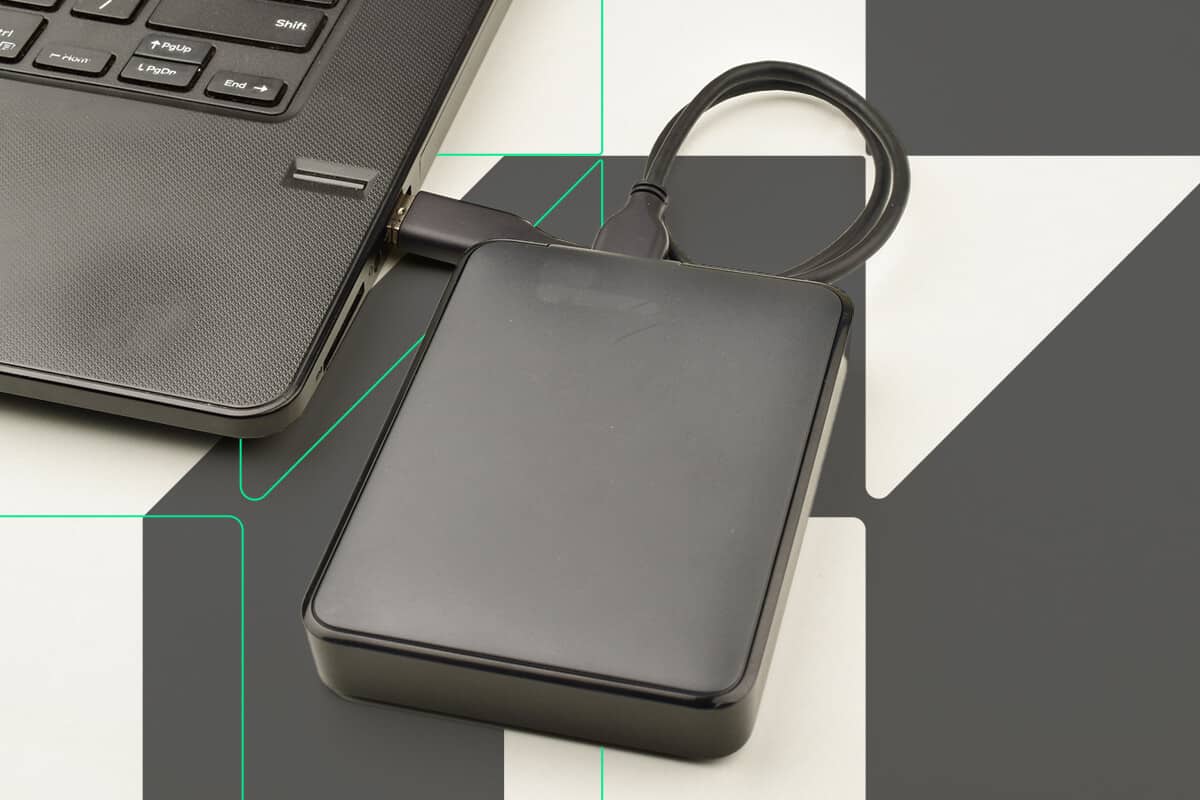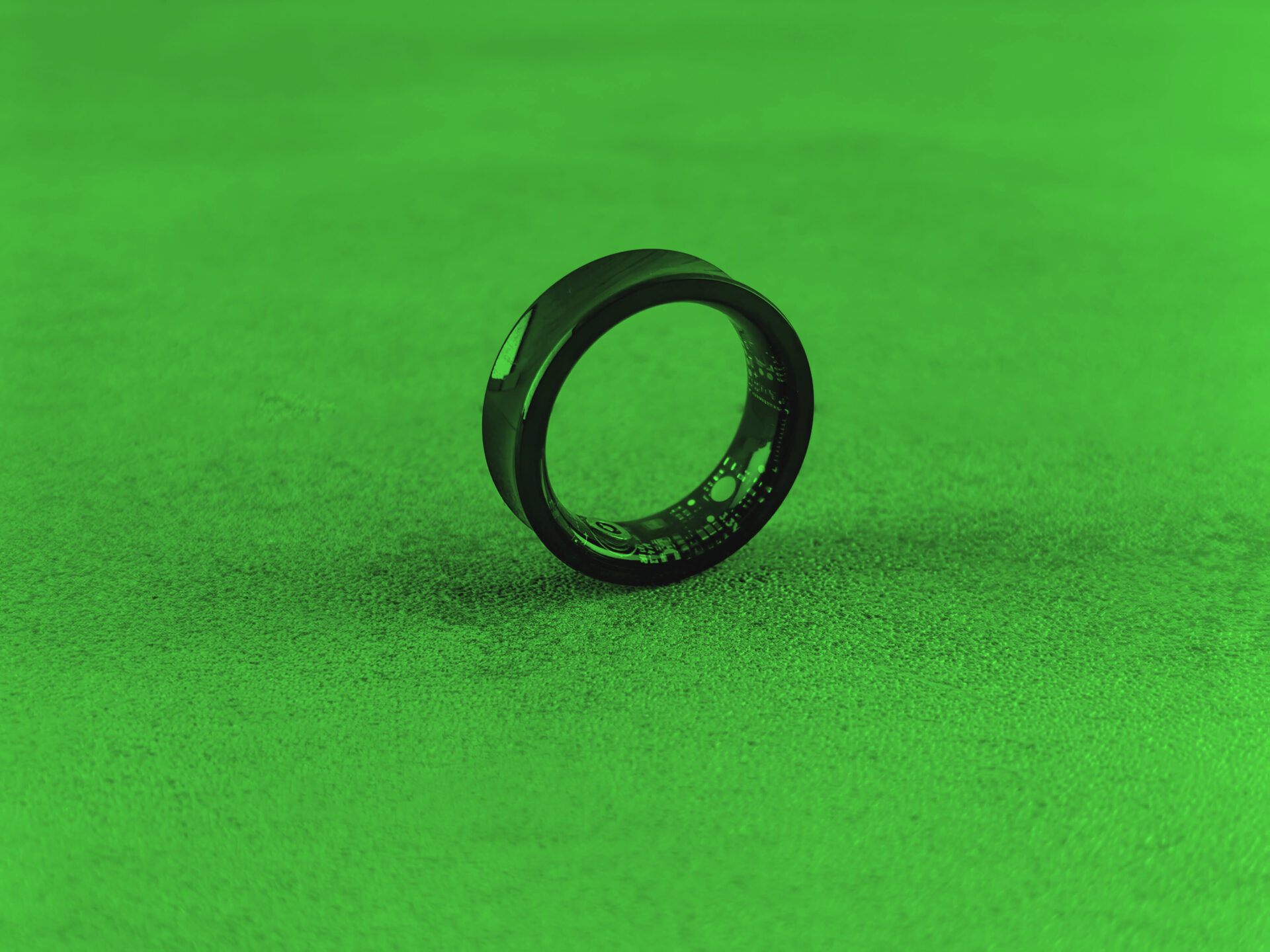The digital age is influencing global society. Most adults use smartphones, desktops, tablets and other electronic devices daily. Electronics increase individuals’ convenience and present some challenges.
Devices accumulate germs and bacteria over time, which adversely impacts users’ health. Poor maintenance practices can also contribute to environmentally degrading electronic waste (e-waste). Computer mouses require regular deep cleaning to remove bacteria and reduce e-waste.
Preserving Your Electronics
Routinely cleaning your mouse can elongate your electronics’ lifespans, reducing waste production. Minimizing e-waste may protect humans’ health and the ecosystem. Electronics can release lead, cadmium and mercury into the environment.
The contaminants can contribute to human health conditions and biodiversity loss. Preventing e-waste with effective maintenance practices can also help users save money. Some unsustainable manufacturing companies develop electronics with planned obsolescence.
Elongating a device’s lifespan can minimize upgrade requirements. Preserving electronics may also help users create a reliable work-from-home setup. Many employees are developing home offices to prevent the spread of illnesses.
Individuals can make the most of their home offices by removing dirt and grime from their electronics. Purchasing and maintaining quality devices may support productive workspaces.
Gather Your Supplies
You can learn how to clean your mouse by following three simple steps. Before conducting a deep clean, individuals must gather their supplies. The best cleaning solution for mouses is isopropyl alcohol.
Alcohol can dissolve built-up oil and kill bacteria. If users are unable to access isopropyl, they can use fragrance-free soap. Next, they should purchase canned air to remove dust particles.
The final materials needed for mouse cleaning are tweezers and toothpicks. There are three regions of computer mouses that accumulate dirt and bacteria. Individuals must clean the outer surface, wheel and optical sensor to prevent damage.
The Outer Surface
Users can clean the outer surface of their mouses using alcohol or mild soap. They may place a small portion of isopropyl or diluted soap on a lint-free towel and wipe the exterior. Individuals should unplug their computer mouses from power sources before adding cleaning solutions.
Wiping down the outer surface can eliminate bacteria and virus-causing germs. Individuals can protect their health and devices’ longevity by regularly wiping down the surface. The top of a mouse contains more germs because it constantly touches users’ hands.
The Wheel
Individuals can also prevent mouse damage by routinely cleaning the wheel. Users may detach a mouse’s wheel to remove all dirt and debris effectively. They can remove the bottom side screws using a jeweler’s screwdriver.
Next, individuals may remove the external covering and expose all sides of the wheel. They can spray the wheel with air to remove excess dust and grime. Then, users may wipe it down with an alcohol-covered cotton swab.
The Optical Sensor
The final cleaning practice removes built-up grime from the optical sensor. Individuals may need to remove the wheel or ball from their mouses to access the sensor. They can use tweezers or toothpicks to scrap bound particles off the light.
Next, users can blow away excess dust and debris from sensors using canned air. Then, they may put the pieces back together and continue using their cleaned mouse.
How Often Should You Clean Your Mouse?
Health professionals recommend users clean the outside of their computer mouses at least once a week. Individuals minimize e-waste and appliance damage by cleaning the internal components about once a month. After learning how to clean your mouse, you can significantly improve your health and environmental conservation efforts.
Recent Stories
Follow Us On
Get the latest tech stories and news in seconds!
Sign up for our newsletter below to receive updates about technology trends




